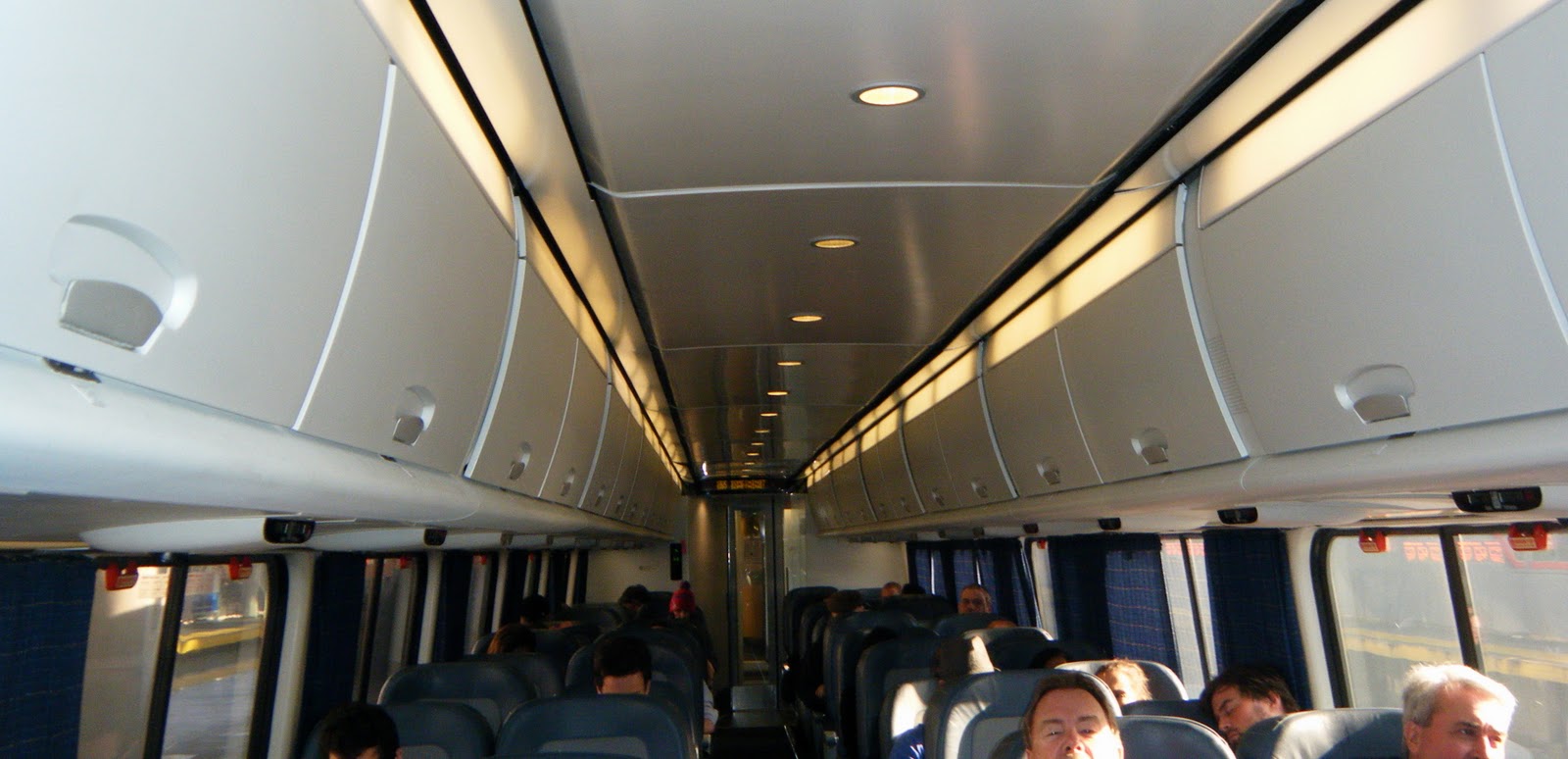VentureForth
Engineer
So... and I ask this out of ignorance of how NYP works, 'cause I've never been there...Maybe they're just smarter over there, or better trained, or something, I don't know. But here in the US I see it happen all the time where people have no idea or clue that they've just boarded an Amtrak train, while holding a Metro North ticket or NJT ticket or MARC ticket, etc. This is one reason at the bigger stations that they do control platform access.So, though perhaps not "officially", there is quite the queueing and "kindergarten walk" that is associated with long distance train travel in the US. In Tokyo Station, no one cares how long I loiter on the platform, snapping pictures, buying from the kiosk or vending machines before my train arrives. My ticket tells me my car and seat number. Plenty of signs pointing to where I need to stand, and don't even need an announcement - if my train leaves at 12:15, I'll start walking to my boarding location at 12:00. If the train is about to leave and I'm 5 cars away from where I need to be, I board and walk inside the train to my car. No biggie.
Nope! DC probably comes the closest to having a dedicated platform, where generally the Acela's all leave from the same platform, the last one on the upper level on the east side of the station. But I have on occasion seen a Regional sitting there too.One of the problems with this approach, however, is the multitude of different equipment that share the same platforms. Do the Acela trainsets even get their own exclusive platforms?
But at all other stations, there is no such thing as a dedicated platform.
Is it logistically impossible to dedicate one or two platforms to Acela, one or two to LD, one or two to Regionals, some to NJT and the rest to MARC? Then controll access to Amtrak trains, NJT & MARC individually?
Or do all the above mentioned trains actually show up on any random platform at the will of the dispatcher?
My remark was intended to be generic, not specific. I should have used the words "Until they lead you". I was explicity told in LA to wait until my train was called then report to a podium where the kindergarten line commenced. If I recall correctly, there was actually a rope discouraging people to go beyond the waiting area without assistance.There are doors at the west end of the tunnel before the tunnel. They are closed usually, but there are no doors on either side. We just walk down the tunnel and go out to the applicable platform about 15 minutes before departure. I have seen lines with an agent at the doors, but just ignored them.There are no doors to the platform in LA. You can access any platform from either end of the tunnel, or from the walkway at the end of the tracks.We'll just have to agree to disagree. Though true they may not say "OK, Form a line now", you can't access the platform in DC, Chicago and LA (from my experience) until they open the doors.
Last edited by a moderator:




